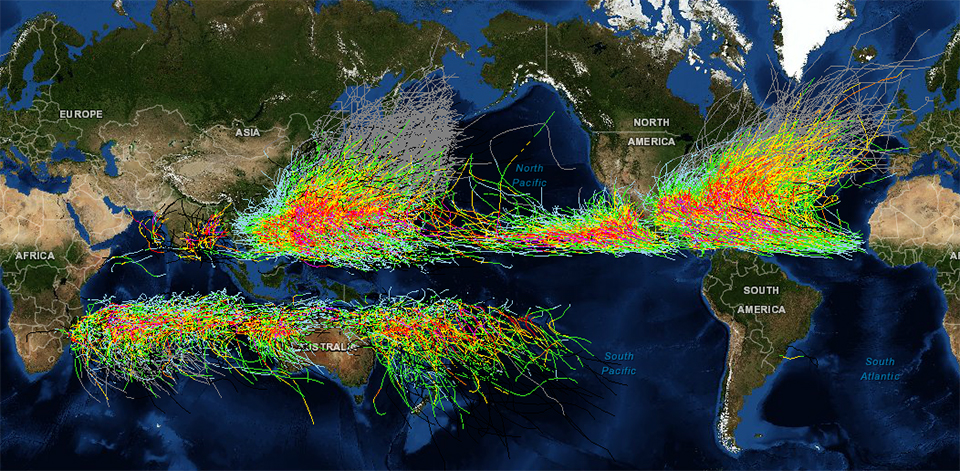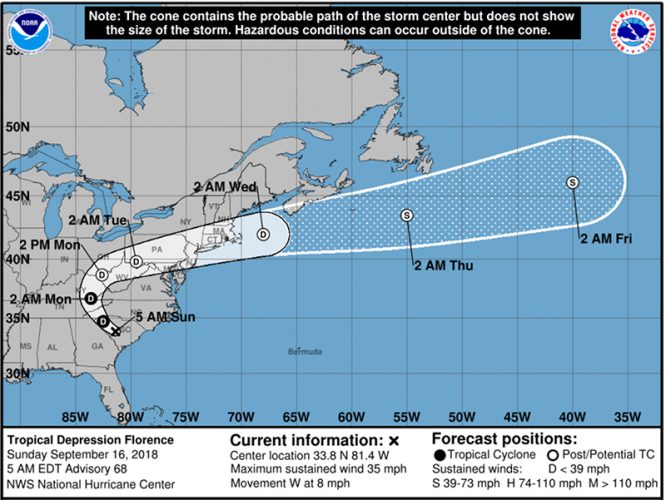
Air Force Reserve and National Oceanic and Atmospheric Administration (NOAA), coastal weather radars, and scatterometers (radars in space that provide surface wind measurements). Today we have many advanced tools to help monitor tropical and subtropical cyclones across the entire Atlantic basin such as geostationary and low-earth orbiting satellite imagery, the Hurricane Hunter aircraft of the U.S. The answer is very likely technology change, rather than climate change.

So why would the record for named storms be broken in 2020, while the overall activity as measured by ACE is not even be close to setting a record? Conversely, quiet conditions occurred in the 1900s to early 1920s and 1970s to early 1990s.Īccumulated Cyclone Energy (ACE), a measure which combines the number, intensity, and duration of tropical storms and hurricanes, each year from 1878 to 2020. There also is a pronounced busier/quieter multi-decadal (40- to 60-year) cycle with active conditions in the 1870s to 1890s, late 1920s to 1960s, and again from the mid-1990s onward. One can also see that while there is a long-term increase in recorded ACE since the late 1800s, it’s quite a bit less dramatic than the increase seen with named storms. In fact, with a total ACE of 180 units, 2020 was only the 13 th busiest season on record since 1878 with seasons like 1893, 1933, 1950, and 2005 substantially more active than 2020. By this measure, 2020 was extremely busy, but not even close to record breaking. For example, the number of hurricanes (14) was well above average, but fell short of the previous record of 15 hurricanes that occurred in 2005.įor overall monitoring of tropical storm and hurricane activity, tropical meteorologists prefer a metric that combines how strong the peak winds reached in a tropical cyclone, and how long they lasted – called Accumulated Cyclone Energy or ACE. And indeed, for the 2020 season, other measures of Atlantic tropical storm and hurricane activity were not record breaking. However, the number of named storms is only one measure of the overall measure of a season’s activity. Number of combined tropical storms, subtropical storms, and hurricanes each year from 1878 to 2020.

Total damage in the United States was around $42 billion with over 240 lives lost in the United States and our neighboring countries in the Caribbean and Central America. Nearly every country surrounding the Gulf of Mexico, Caribbean Sea, and tropical/subtropical North Atlantic was threatened or struck in 2020.

The United States was affected by a record 13 named storms (six of them directly impacted Louisiana), and a record yearly total of 7 billion-dollar tropical cyclone damage events was recorded by the National Centers for Environmental Information ( ).
(The Hurricane Specialists here at the National Hurricane Center use the designation “named storms” to refer to tropical storms, subtropical storms, hurricanes, and major hurricanes.) We even reached into the Greek alphabet for names for just the second time ever. The 2020 Atlantic hurricane season was extremely active and destructive with 30 named storms. Was 2020 a Record-Breaking Hurricane Season? Yes, But. .Ĭhris Landsea and Eric Blake An Incredibly Busy Hurricane Season


 0 kommentar(er)
0 kommentar(er)
